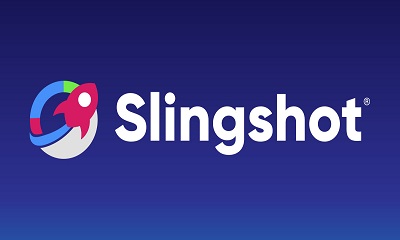Slingshot, a digital workplace from software company Infragistics, has released the first part of its two-part 2023 Digital Work Trends Report, which explores the relationship between productivity and workers’ access to data – or any metric within an organization that illustrates performance and progress.
While many businesses have prioritized autonomy and workplace flexibility to improve worker productivity, 65 percent of workers say a lack of data is what most negatively impacts their ability to do their jobs.
Slingshot’s Digital Work Trends Report shines a light on how data – or anything that individuals, teams and organizations use to track performance, process, people, platforms and profitability – now only is accessible to employees, but a critical and necessary part to their productivity.
The report also offers an in-depth look into other factors affecting how employees do their jobs and the quality of their work, including their relationship with leaders.
“Over the last two decades, we’ve seen a shift in how decisions in the workplace are made – going from gut instincts and seniority-led decisions to those based on data that’s now more widely accessible. This is especially true of newer generations that are particularly tuned into the value of being able to quantify their work and re-route their focus if something isn’t working,” said Dean Guida, founder of Slingshot.
The two-part report is based on research conducted by market research firm Dynata, on behalf of Slingshot. Among the findings:
- Companies need to democratize data across their organizations, or risk business decisions being made by employees’ gut instincts. While 56 percent of workers gather and use data to make business decisions, 12 percent of workers say they make decisions by asking the most senior person in the business or department, and six percent admit to using their gut instinct.
- Gen Z is the data generation. As digital natives, Gen Z workers (ages 18-26) are integrating data into their job more than any other generation. One hundred percent of Gen Z workers say they use data at work at least a few times a week, with 61 percent saying they use it every day. And while nearly three-fourths of Gen Z workers are using data to improve performance, only 61 percent of Boomer workers (ages 59+) say the same.
- Employees are using data for more than improving productivity and performance. Seventy-two percent of workers primarily use data to improve performance, but 54 percent use data to prioritize goals and 46 percent say they use it to create strategic plans and understand customer behaviors and needs.
Part 1 of the report can be viewed in full here.









